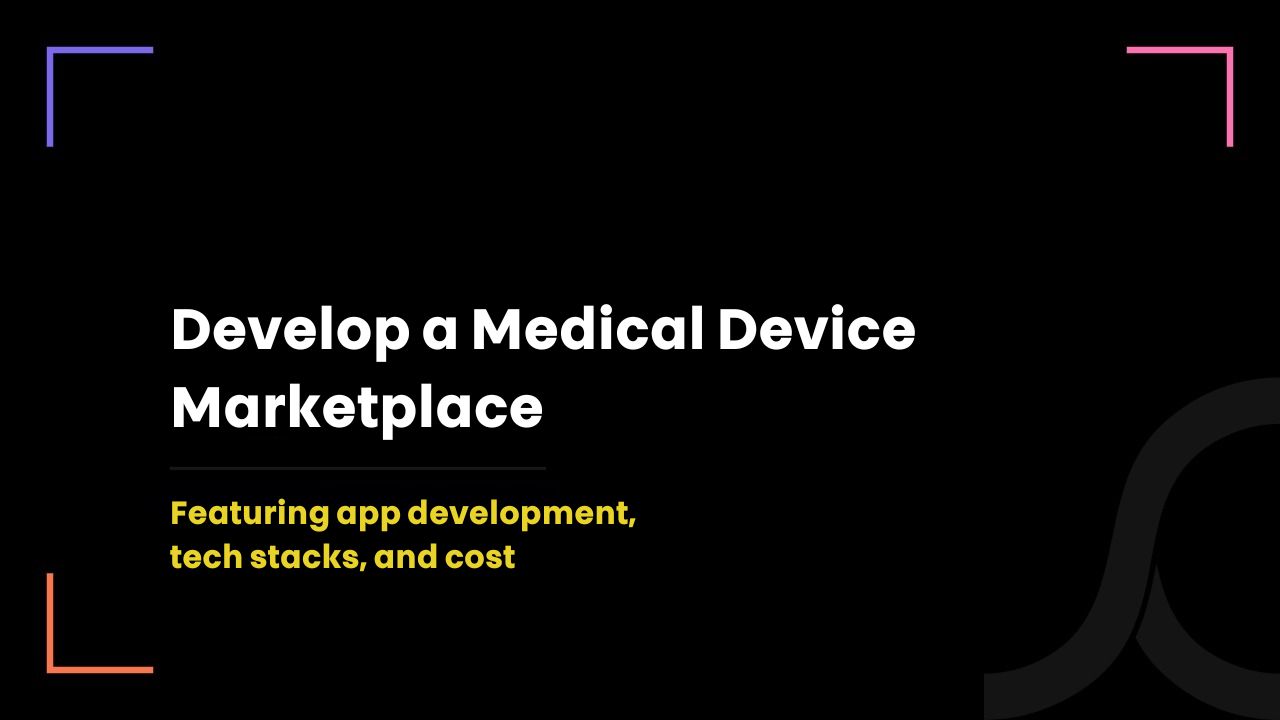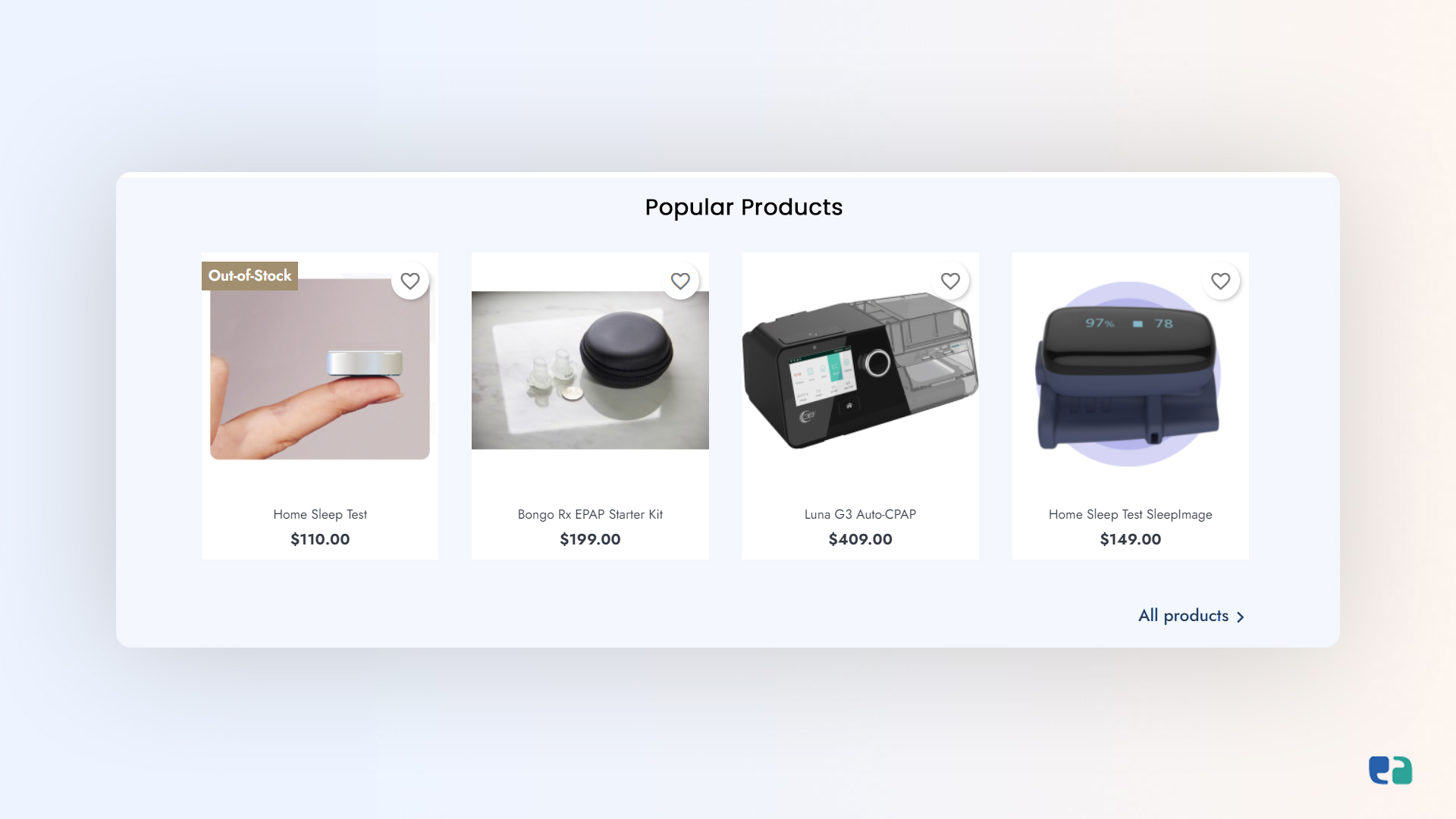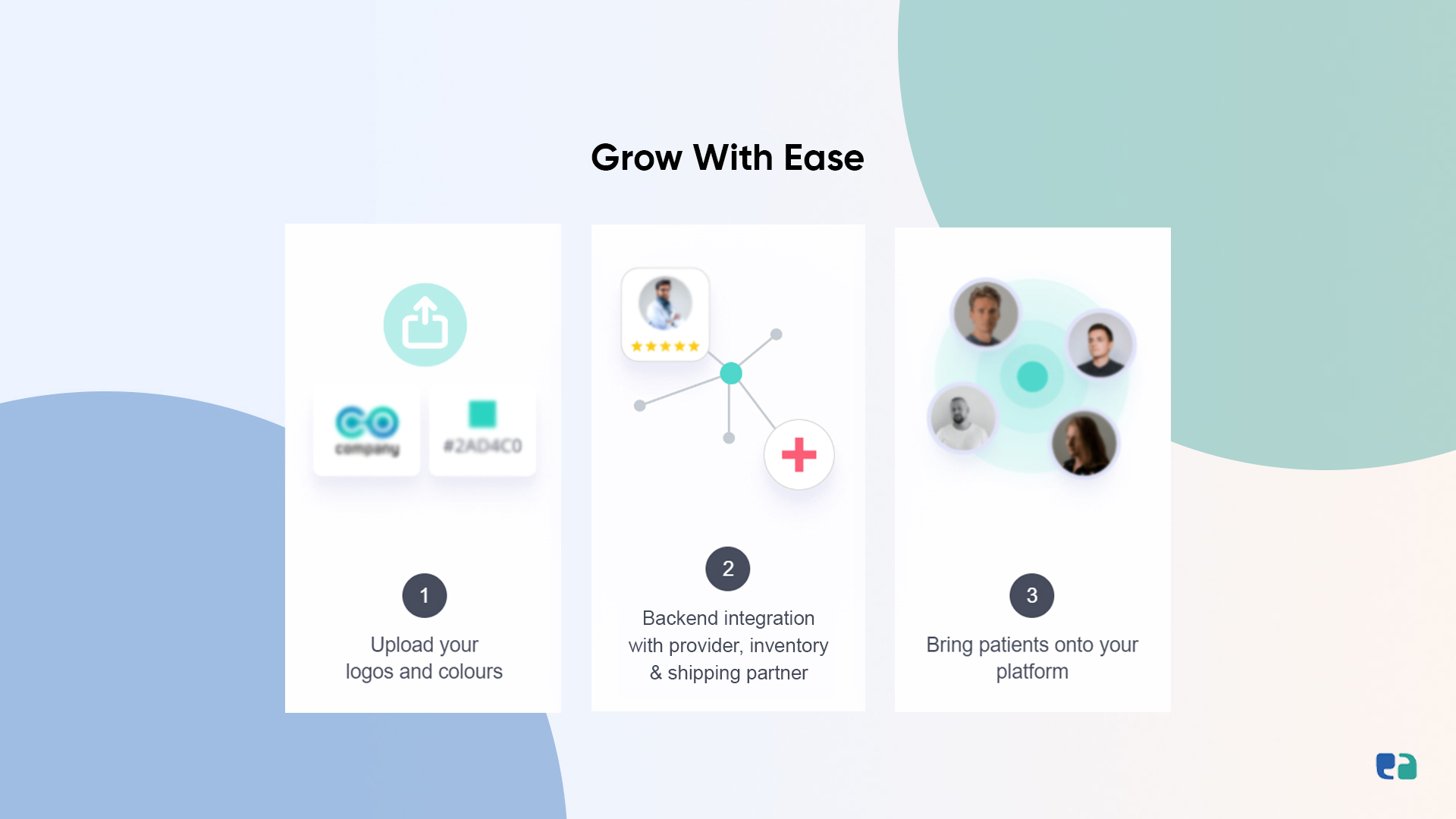Building a Home Medical Equipment Delivery App: Features, Example & Development

9 months ago
It won't be a lie if I say that convenience, mobility, and safety are the three pillars of healthy aging.
The Home Medical Equipment (HME) industry is fulfilling its responsibility in this.
And Canada's US$11.85bn HME market is proof of that.
It will increase over time as the senior population is also set to rise by 68% in the next 20 years.
And not just Canada, in the U.S., the number of people over 65 is expected to jump from 58 million in 2022 to 82 million by 2050.
It's high time to deliver the right medical equipment quickly and easily to their homes.
And user-friendly apps are contributing their role in it.
If you want to capture this market and build a successful online business out of it, we're here to help.
We’ll also look at Equipt Health, founded by Rebecca Weisinger and Max Greenfeld in 2021, as an example to guide you.
Want to Meet User Needs? First, Understand the Market
To build a successful HME delivery app, it's important to know the market you're entering and what your users need. Here’s how you can do that:
1. Research the HME Market
First of all, focus on the devices that are in high demand.
CPAP machines for sleep apnea are quite a demanding device.
There are other popular devices too, like infusion pumps for diabetic patients, home dialysis equipment, breast pumps, and mobility devices.
Now, move to your target audience. Focus on seniors aged 65 and above.
Never forget to know your competition.
Study their products and services and see how you can stand out.

2. Understand User Needs
Keep a close eye on user behavior.
What problems are they facing, and what patterns are they showing?
You can take their feedback and implement it in your process.
This is a similar process that Rebecca Weisinger, co-founder of Equipt Health, is following.
They found that patients were frustrated with the complicated ordering process for medical devices.
They changed it and received better word-of-mouth.
3. Consider Accessibility
Make sure your app works for everyone, including those with different abilities. This could include features like:
- Text-to-speech for users with visual impairments
- Adjustable font sizes for people with low vision
- Voice commands or alternative input methods for those who can’t use touchscreens
By focusing on these elements, you'll create an app that not only meets market demands but also offers a smooth and inclusive experience for all users.

Equipt Health: A Case Study to Learn From

For health-tech entrepreneurs, Equipt Health is a great leader to learn from.
They built a perfect HME delivery platform that can inspire generations. They provide a complete solution for delivering home medical equipment.
Here’s what you can learn from their approach:
1. Niche Focus
They started by focusing on sleep apnea diagnosis and treatment through their sub-brand, Helio Sleep.
They aim to help the 24 million Americans who are undiagnosed with sleep apnea. By targeting this specific market, they built their expertise and gained traction.
2. Partnerships
Equipt Health partners with medical device companies to help bring their products to market.
This collaboration expands their product range and helps those companies reach more customers.
3. Insurance Integration
They are working to accept insurance payments, making it easier for patients to access essential medical equipment.
6 Essential Features For a User-Centric Home Medical Equipment App
To create a successful HME app, focus on what your users want. Here are essential features to include:
1. User-Friendly Interface
Older patients are not always okay with technology. So, it's your responsibility to craft an app that is easy to navigate. Use
- Large fonts
- High-contrast colors
- Simple language
2. Comprehensive Product Catalog
Customers want options, so make sure you provide that.
You can offer a wide range of HME products with detailed descriptions.
Include some clear pictures. Also, organize the catalog in such a way that patients can search it easily.
Use testimonials/reviews as the cherry on the cake.
3. Secure Ordering and Payment System
You can protect the user data by complying with HIPAA regulations.
Provide multiple payment options and use a secure payment gateway.
4. Real-Time Order Tracking
Allow users to track their orders from placement to delivery. Include estimated delivery times and notifications to keep users informed.
Beyond convenience, it builds user trust in your services.
5. Seamless Communication
Add in-app messaging for easy communication between users, providers, and the delivery team. This helps users ask questions and get support.
6. Integration with Insurance Providers
Let users submit claims and check their insurance coverage directly through the app. This simplifies the reimbursement process and reduces out-of-pocket costs.
By including these features, you can build a healthcare marketplace for home medical equirments that meets user needs and streamlines online medical equipment prescriptions.
Building a Reliable Backend for Your HME App
A strong backend infrastructure is key to the success of your HME delivery app. Here are the important parts to focus on:
1. Inventory Management System
You need a system to track your inventory and manage orders. This ensures smooth operations. Your inventory system should:
- Show real-time inventory levels.
- Automatically reorder stock to avoid shortages.
- Connect with your ordering system to fulfill orders quickly.
2. Logistics and Delivery Network
Having a reliable delivery network is crucial. Partner with trusted shipping companies that provide:
- Nationwide coverage to reach more users.
- Real-time tracking to monitor shipments.
- Fast shipping options for urgent needs.
- Secure transport for sensitive medical equipment.
3. Clinical Support Integration
Adding clinical support makes the app more helpful. Connect users with healthcare professionals for:
- Virtual consultations to assess HME needs and guide product choices.
- Assistance with setting up equipment safely and correctly.
- Ongoing support for questions or troubleshooting.
Here’s a blueprint for how we built the backend process for our HME app.

Tech Stack for Your Online Medical Equipment Prescription App
The success of your application depends on the technology it is built on. During collaboration with your tech partner, make sure you talk about these technologies for a better understanding.
Frontend:
- Framework: React, Vue.js, or Angular for dynamic interfaces.
- UI Library: Material UI or Bootstrap for user-friendly design.
- State Management: Redux or Vuex for efficient data handling.
Backend:
- Language: Node.js with Express.js for scalability.
- Database: MongoDB for flexibility or PostgreSQL for strong consistency.
- APIs: RESTful APIs for order processing and user authentication.
Additional Technologies:
- Cloud Hosting: Use AWS or Google Cloud for reliable hosting.
- Payment Gateway: Integrate Stripe or PayPal for secure transactions.
- Shipping API: Partner with FedEx or UPS for real-time tracking.
- Real-time Communication: Implement WebSockets or Firebase for seamless interaction.

How Much Does It Cost to Develop a Home Medical Equipment Delivery App?
So, you're curious about the costs involved in developing a home medical equipment delivery app?
We get it!
However, providing a specific number isn't feasible without understanding your app's unique requirements.
We believe in transparency and want to avoid any misleading figures.
The overall development costs depend on several key factors:
- Design Complexity: More intricate designs will require more resources.
- Development Needs: Costs can vary based on the platforms you choose.
- Feature Complexity: Advanced features like real-time tracking can increase expenses.
- Security Compliance: Meeting regulations such as HIPAA and PIPEDA will impact both time and cost.
To get a better understanding of your project’s cost, consider these elements. If you’re ready to explore further, let’s discuss your app development needs!

